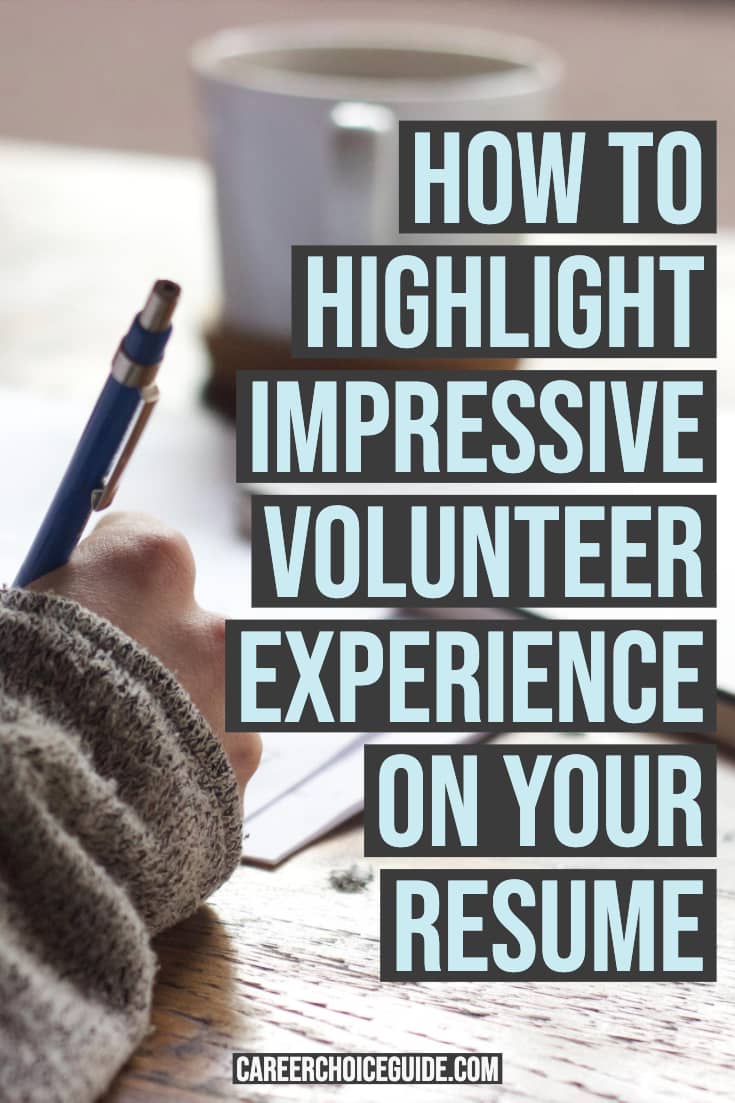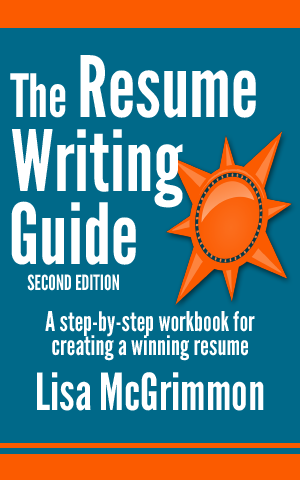Where Does Volunteer Work Go on a Resume?
Where does volunteer work go on a resume? Volunteer experience is usually best placed near the end of your resume, after your skills, work experience and education. That's not the whole story, though. Read on to learn why you might list your volunteer experience closer to the top of your resume.
Before we dive in to answer the question Where does volunteer work go on a resume? you'll need to answer another question:
How important is your volunteer experience compared with your other relevant experience and education?
While volunteer work is usually included toward the end of your resume, sometimes it's smart to move it closer to the top of your resume, where the employer will be sure to notice it.
Put the most impressive and relevant information first on your resume
The information on your resume should be organized with the most important and impressive information at the top. You need to grab the hiring manager's attention quickly, and you do that by putting the most compelling reasons to bring you in for an interview at the top of your resume.
With that idea in mind, you should decide where to place the volunteer experience section of your resume based on how important and impressive it is compared with your other skills and experiences.
Volunteer work usually goes near the bottom of a resume.
A standard resume layout would include these sections, in this order:
- Contact information
- Profile or objective
- Skills summary (if you're writing a combination resume)
- Work history
- Education
- Volunteer work
Why is volunteer work usually placed at the end of a resume?
Employers typically value experience in this order:
- paid work experience
- education
- volunteer work
That is, experience gained through employment is typically valued more than experience gain in a volunteer role. If your paid work experience and / or your education are at all related to the job you are applying to, those sections should be placed before your volunteer experience on your resume because they will have the most impact on the employer's impression of you as a potential employee.
Why would you ever place your volunteer experience closer to the top of your resume?
If your volunteer work is your only relevant experience for the job you are seeking - you have no relevant employment or education - you may choose to put the volunteer work section at the top of your resume.
Where does volunteer work go on a resume if you have paid work experience that's relevant to the job?
Job seekers who have paid experience related to the type of job they are seeking would not put their volunteer work before their work history. You can see an example of this resume organization in this sample teacher resume.
In this case, the work history is the most impressive information, so it should come first.
Who might put volunteer work before their employment history on a resume?
- high school students
- new college graduates
- career changers
Where does volunteer work go on a resume if you're a high school student?
High school students looking for their first job may have volunteer experience that shows positive things about their personal character and skills, but no work experience. In that case, it's smart to include volunteer work at the top of the resume.
A typical high school student resume layout might be organized like this:
- Contact information
- Objective (optional)
- Skills summary (a combination resume is often a good choice for high school students)
- Volunteer work
- Hobbies
- Certificates and awards
- Education
Employers who hire high school students don't expect them to have a rich work experience. In this situation, the fact that there's no work history on the resume is not a problem.
Those employers will, however, look at a student's other interests and achievements for evidence that they'd be a good employee. Volunteer work, hobbies, and certificates and awards will help a student with no work experience demonstrate those qualities.
Where does volunteer work go on a resume if you're a new college graduate?
A new college graduate may not have paid work experience in their chosen field - if they do, then work experience should come first on the resume - but they might have some unpaid experience in the form of volunteer work or unpaid internships.
For new graduates who lack relevant paid work experience, their education will usually be their most marketable and impressive experience, followed by relevant unpaid experience.
A recent college graduate who lacks relevant paid work experience might organize a resume in this order:
- Contact information
- Profile or objective
- Skills summary (a combination resume is often a good choice for new college graduates)
- Education
- Internships
- Volunteer work (assuming it is more relevant than the student's paid work experience)
- Employment experience
Where does volunteer work go on a resume if you're a career changer?
A career changer who does not have a solid work history in his new field of work could group experience that's relevant to his new career under the heading "Related Experience." Any experience that's relevant to the new job could fit under this heading, including volunteer work.
You can review an example of this type of resume organization in this sample administrative assistant resume.
If you do put volunteer work under a heading other than something that clearly says "Volunteer" be sure to clarify that the position was volunteer and not paid employment.
Any paid employment that's not relevant to the new career can be placed under the heading "Additional Experience." That way the skills and experience relevant to the new job can be highlighted, but the employer can still see the job seeker's career history.
A career changer who does not have a solid work history in his new field but does have relevant volunteer experience might organize his resume like this:
- Contact information
- Profile or objective
- Skills summary (a combination resume is a good choice for a career change resume)
- Related experience (if you put volunteer work under a heading like this one, be sure to include the word "volunteer" beside the position title)
- Additional experience
- Education
Most of the time, if you do include volunteer work on your resume (sometimes it's best to omit volunteer work), it should be at the end of the document. However, if your volunteer work is a stronger selling feature than your paid work experience and / or education, then you can move the volunteer work section up higher on your resume to highlight that experience.
Of course, it's not enough to know where to put the volunteer section on your resume. You all need to know what information to include in that section, and how to format that information.
I've written all about how to list volunteer work on a resume here. Check it out!

